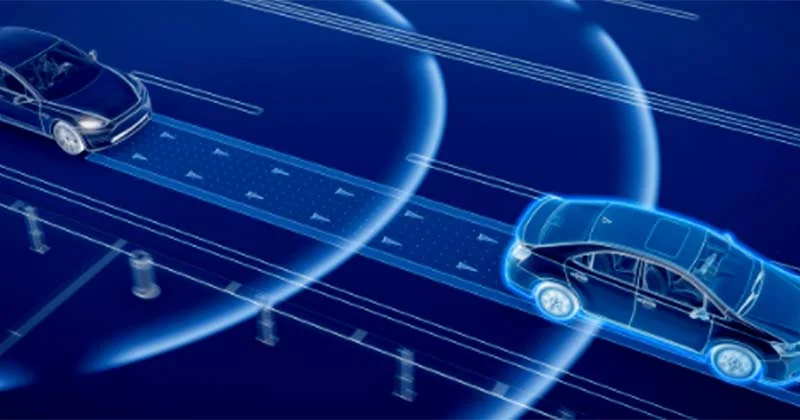In an era dominated by technological advancements, our roadways have witnessed a significant transformation with the integration of advanced safety features. Vehicle warning systems play a pivotal role in this evolution, providing drivers with crucial alerts and enhancing overall road safety. Let’s delve into the various aspects of these systems and their impact on our daily commutes.
While new windshields may appear to consist solely of glass, a significant number of them incorporate embedded sensors or front-facing cameras. These features enable the vehicle to visually perceive its surroundings. If the sensors get moved even slightly, it will cause the entire system to be thrown off. Certain vehicles are equipped with correction systems designed to automatically adjust the car’s reactions to road conditions or potential hazards. A misaligned sensor may be off by a millimeter, but this could translate to feet on the actual road.
Introduction to Vehicle Warning Systems (VWS)
Vehicle Warning Systems, commonly abbreviated as VWS, are integrated technologies designed to alert drivers about potential hazards, collisions, or other critical situations. These systems leverage sensors, cameras, and communication technologies to detect and communicate impending dangers to the driver in real-time.
Collision Warning Systems
One of the key components of VWS is the Collision Warning System. This technology utilizes sensors, such as radar or cameras, to monitor the vehicle’s surroundings. When the system identifies a potential collision risk, it provides the driver with timely alerts, allowing them to react promptly and avoid a possible accident. This feature is particularly beneficial in preventing rear-end collisions, a common occurrence on busy roads.
Lane Departure Warning
Lane Departure Warning (LDW) systems are designed to monitor a vehicle’s position within its lane. If the system detects unintended lane departure without the use of turn signals, it sends an alert to the driver. LDW helps prevent accidents caused by distracted driving, drowsiness, or momentary lapses in attention.
Blind Spot Detection
Blind Spot Detection is a crucial VWS feature that addresses the challenge of obscured areas around a vehicle. Through the use of sensors, this system notifies the driver when there’s a vehicle in their blind spot, reducing the likelihood of dangerous lane-changing maneuvers.
Emergency Brake Assist
In emergency situations, reaction time is critical. Emergency Brake Assist is a VWS feature that detects an impending collision and, if the driver fails to react, automatically applies the brakes to mitigate the impact. This technology is a significant advancement in preventing accidents and reducing their severity.
Pedestrian Detection System
Pedestrian Detection Systems use cameras and sensors to identify pedestrians near the vehicle. If there’s a risk of collision, the system alerts the driver and, in some cases, initiates automatic braking. This is a crucial safety feature, especially in urban environments where pedestrian traffic is high.
Adaptive Cruise Control
While not a traditional warning system, Adaptive Cruise Control is closely related and contributes to overall road safety. This system maintains a safe following distance by automatically adjusting the vehicle’s speed based on the traffic conditions. It enhances driver comfort and reduces the risk of rear-end collisions.
Future Trends and Innovations
As technology continues to advance, VWS is expected to evolve further. Artificial Intelligence (AI) integration, improved connectivity, and enhanced sensor capabilities are likely to be key areas of development. Additionally, the integration of VWS with autonomous driving technologies could revolutionize road safety in the coming years.
Challenges and Considerations
Despite their numerous benefits, VWS is not without challenges. False alarms, technical malfunctions, and the reliance on sensors that may be affected by adverse weather conditions are aspects that manufacturers continually strive to address. Moreover, user education is crucial to ensure that drivers understand and trust these systems.
Conclusion
In conclusion, Vehicle Warning Systems represent a significant leap forward in enhancing road safety. These systems provide drivers with critical information, helping them make informed decisions and avoid potential hazards. As technology continues to advance, the integration of VWS in vehicles will undoubtedly play a pivotal role in reducing accidents and making our roadways safer for everyone.
You can also check: How Technology is Paving the Way for Universal Accessibility in Transportation that will provide you insights on the challenges faced by people with disabilities.



